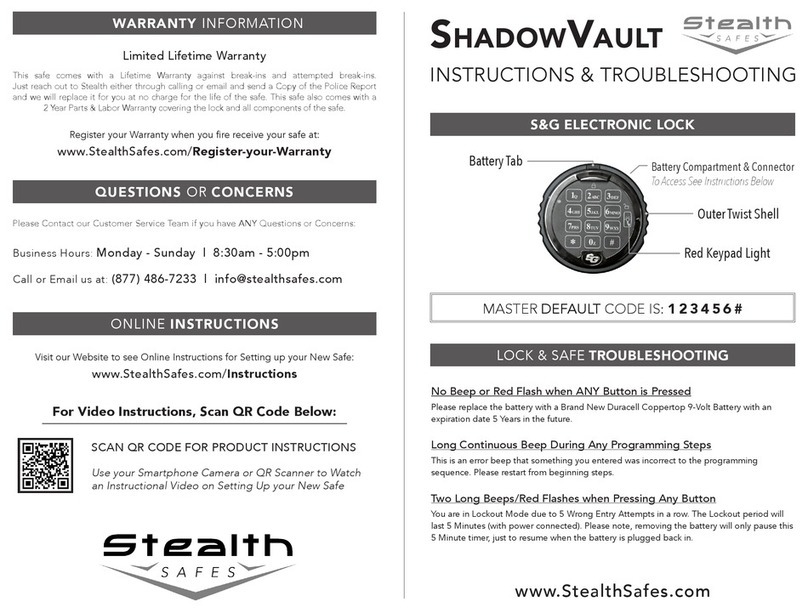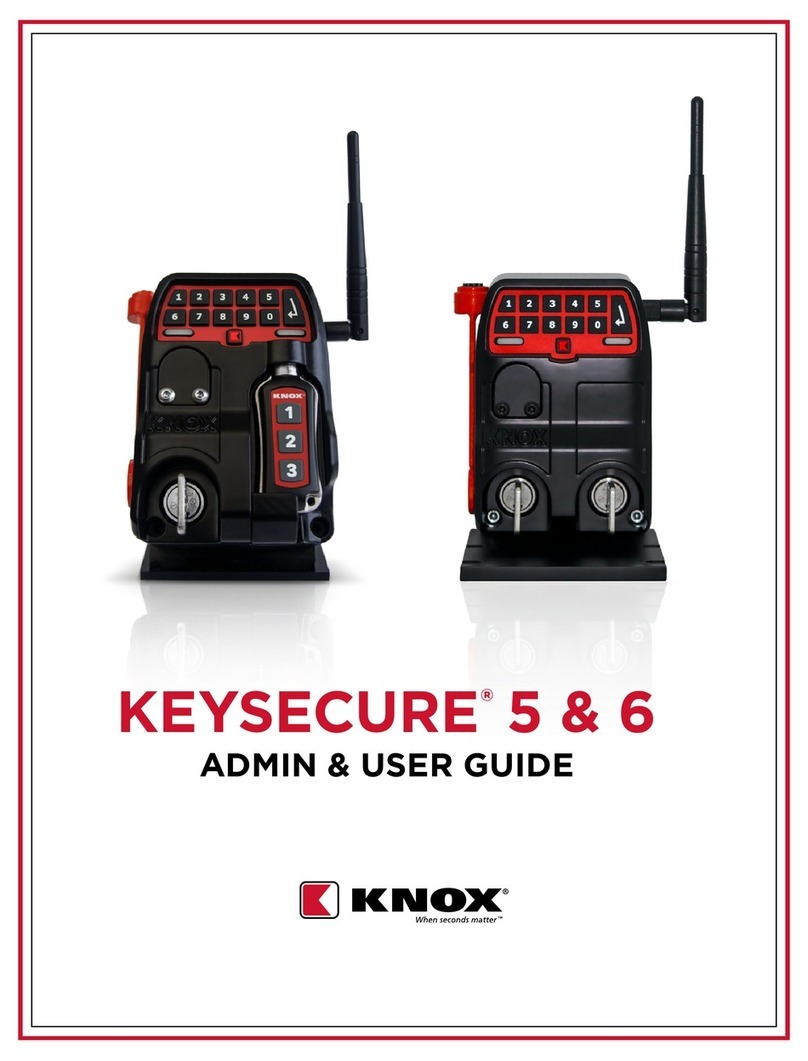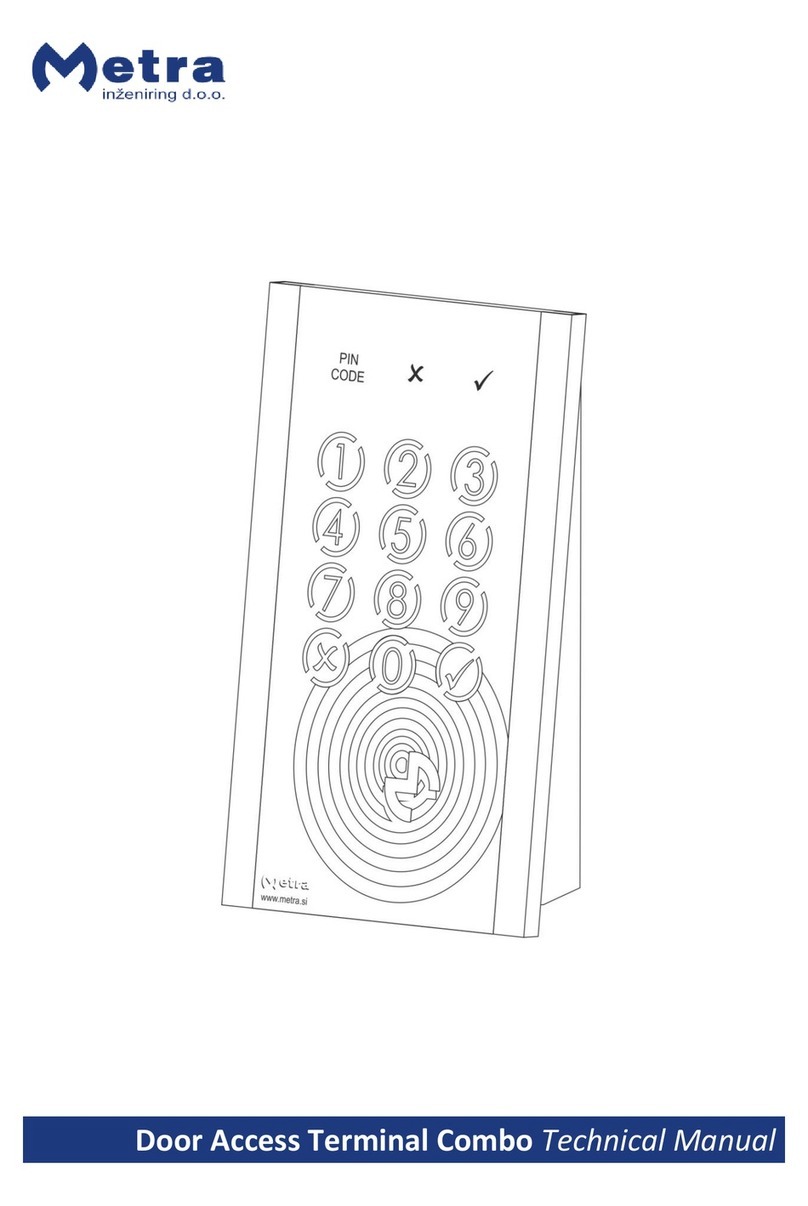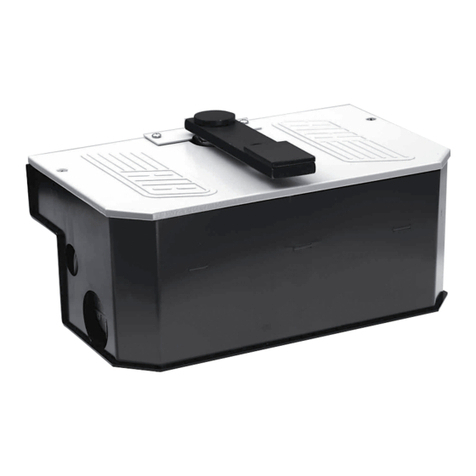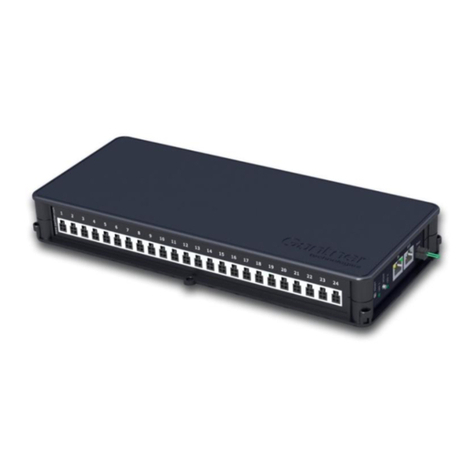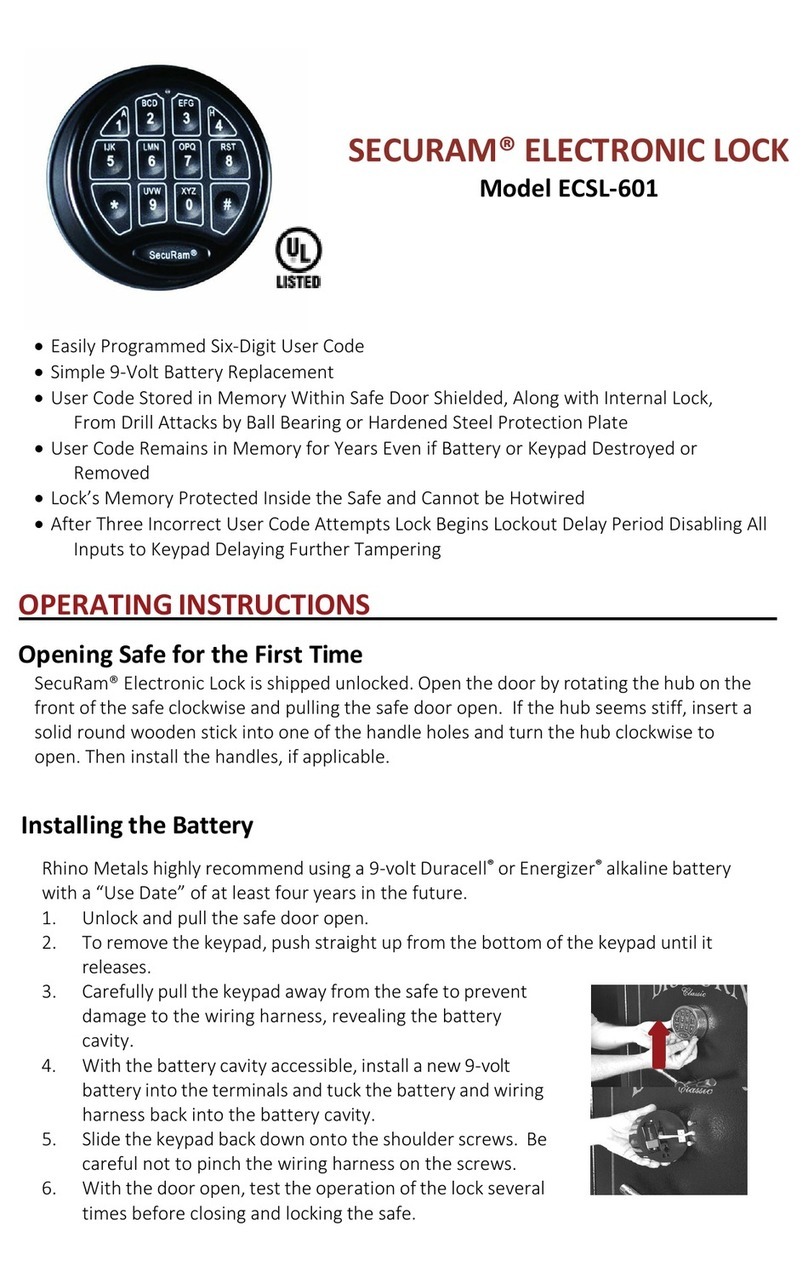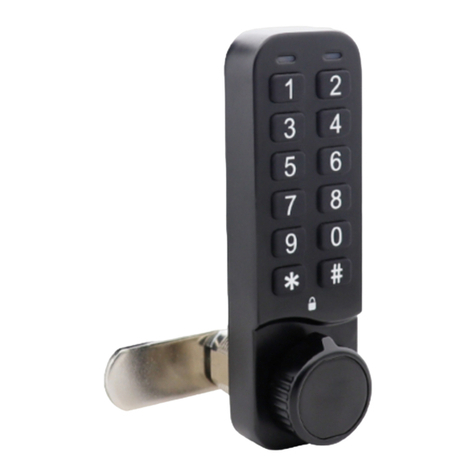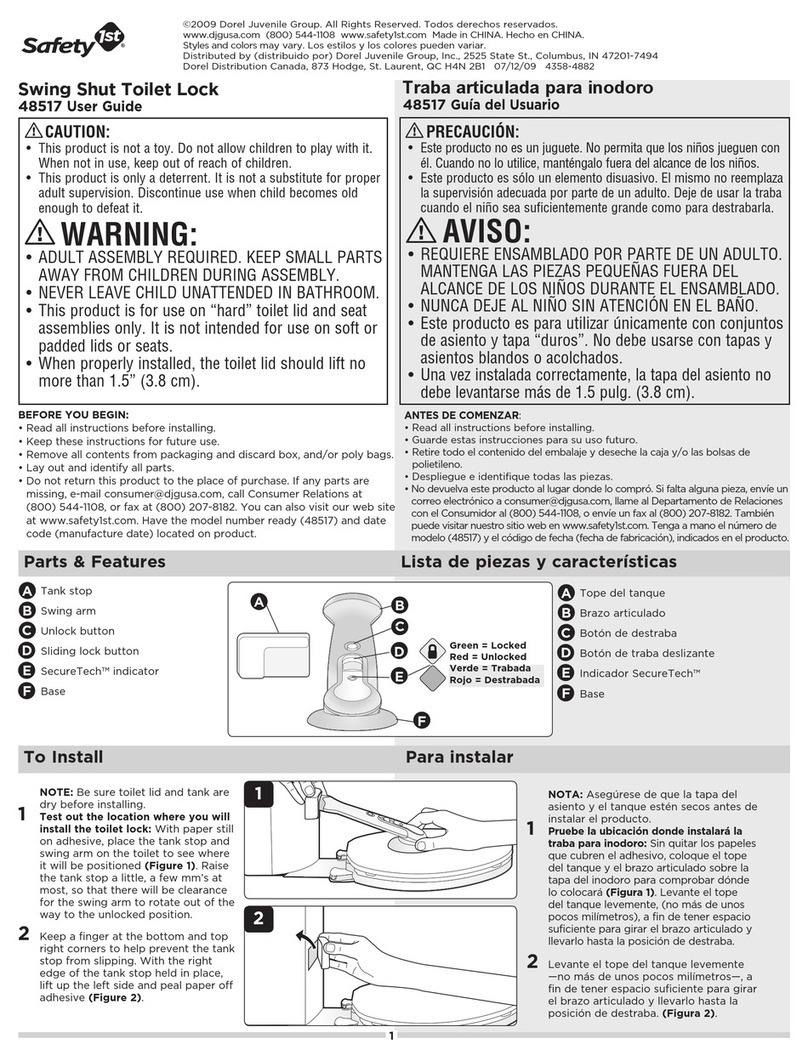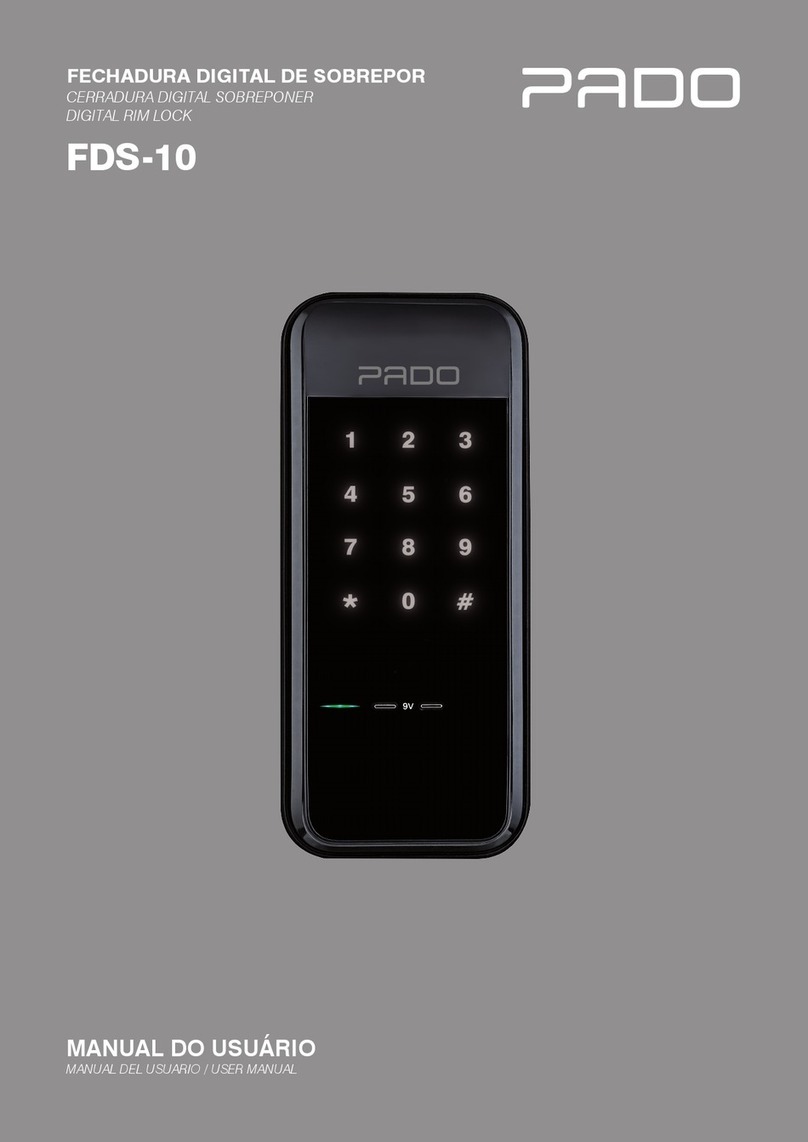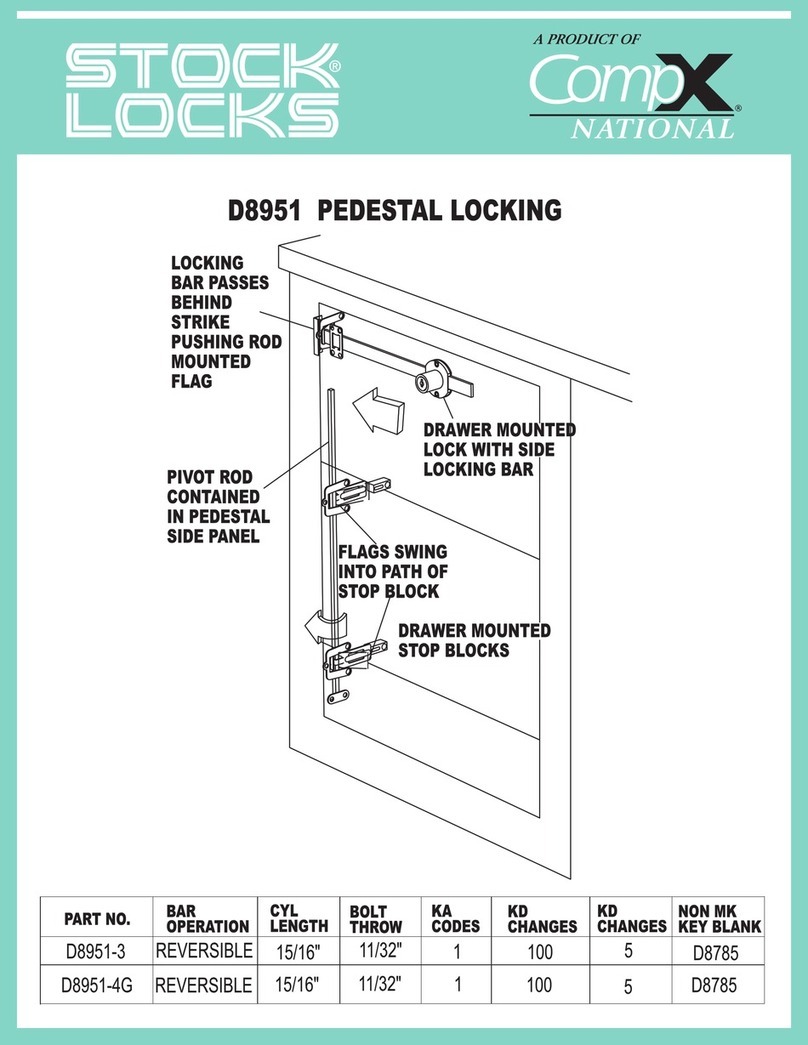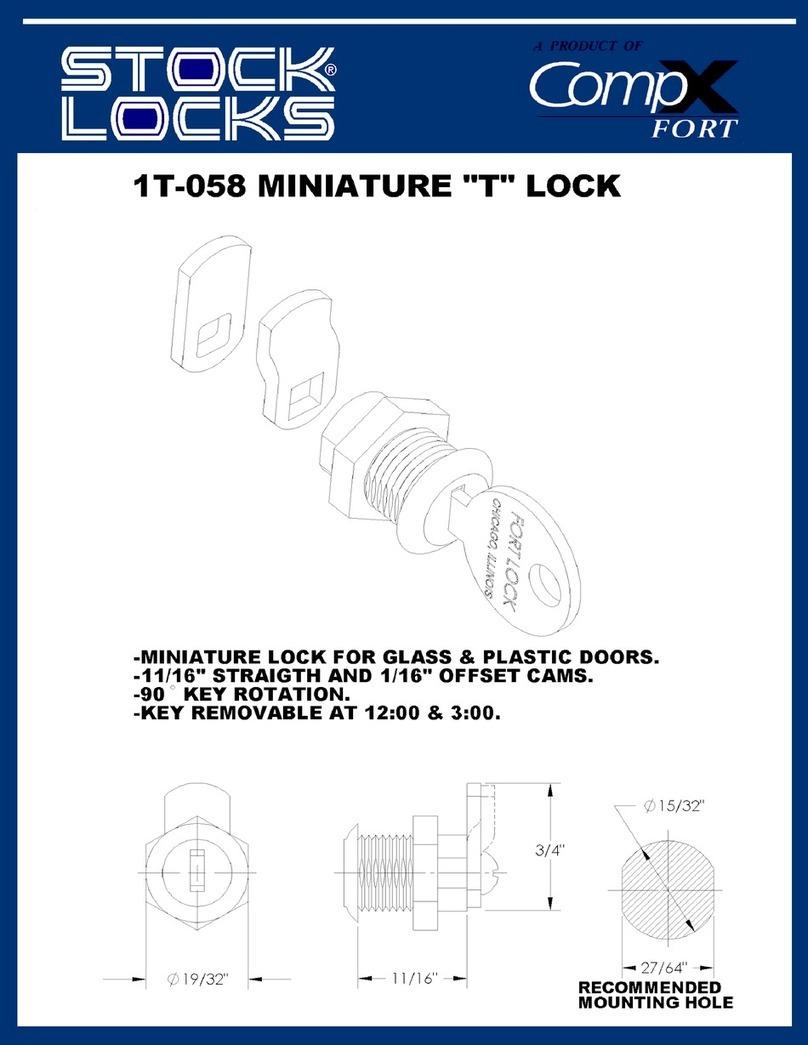CHARACTERISTICS:
24V DC stabilized (+/- 5%)consumption:
2,2 A activation current (<0,2sec)
130 mA holding current
controlled and manageable access
immediatelylocked (on the main bolt with a throw of 20mm) when the door closes
mechanical opening with the cylinder is always possible
from the inside the lock (HX and HE) can always be opened mechanically
using the handle or panic bar (emergency exit)
integrated signalisation of the bolt position (unlocked / locked)
integrated signalisation of the door position (open / closed)
integrated signalisation of the use of the cylinder
integrated signalisation of the use of the handle
stainless steel locking components, cylinder block, baseplate and striker plate
the locking components are mounted on the solid baseplate using 6mm axes,
which improves the free movement of the components and the lifespan of the lock
integrated microprocessor controlled intelligence
anti-saw pin in the bolt
striker plates (standard or adjustable) with cast on striker cup
PCB protected in a polyurethane casted resin
door detection by 3 Hall-sensors
tested to achieve 1.000.000 cycles
tested to a frequency of 600 cycles a day
bolt resistance up to 40.000 N lateral force
unlocking under considerable lateral pressure is possible
specially designed security escutcheons (SE-17, SE-22, SEK-17, SEH-17, SEH-22 and
SEHK-17) are available (optional)
available for both 17mm and 22mm cylinders
available in backsets of 25, 30, 35, 50 & 60mm (SA, SX & SE models)
available in backsets of 35 & 60mm (HX & HE models)
available with 2 cylinder openings (PSX, PSE & PME models)
distance from handle to cylinder is 72mm (HX & HE models)
tumbler 9 mm (complete bolt retraction at 30° tumbler rotation) - (HX & HE models)
DESCRIPTION:
The B&B Locks A1-series are electrical security locks of superior quality. Because of their very
solid construction, these locks offer an extreme high resistance against all forms of agression
and burglary attempts and are suitable for intensif use. To ensure a fast and precise action, the
hardened locking components are driven by a powerful solenoid. This solenoid was especially
designed to have the best possible balance between activation and holding current. A low
power consumption and very little heating are additional advantages thereof. Unlocking is
done by giving an impulse with a push button, card reader, code, fingerprint or any other type of
impulse generator. Mechanical unlocking is always possible using a key. The automatic locking
mechanism guarantees that the door will be locked as soon as it closes, which makes a closed
door automatically a secured door.
A1 ELECTRO-MECHANICAL SECURITY LOCK
Description & Characteristics

